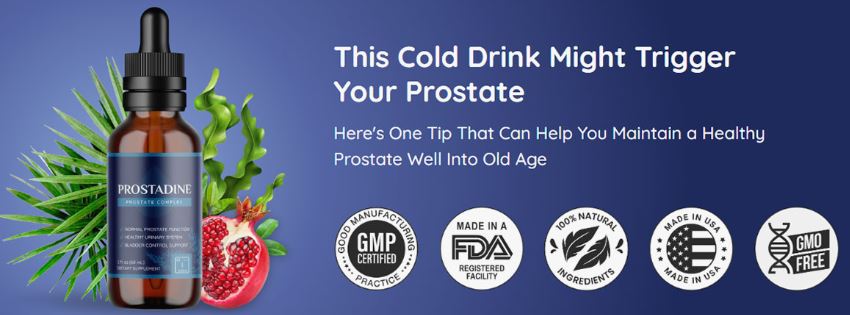A diet plan for fatty liver should focus on moderation and balance. It should include highly nutritional foods from all food groups, but nothing should be eaten in excess. The main goal should be to reduce fat intake, as fatty liver disease results from excess fat accumulation in the liver. It is important to cut out high-fat foods, especially those containing saturated fats. No more than 30% of daily caloric intake should come from fats.
Fat accumulates in the liver in the form of triglycerides, whereas fat accumulates in other areas of the body, such as adipose tissues, in the form of adipocytes. Following a low-fat diet can help prevent fatty liver disease from progressing to its most severe and potentially life-threatening stage. However, reducing fat alone is not the solution to fatty liver disease.
A balanced diet plan for fatty liver should also be rich in vitamins and minerals. Some important vitamins and minerals include folate, active forms of vitamin B, manganese, sulfur, selenium, and vitamin C. Citrus fruits and vegetables, especially greens and leaves, are good sources of these vitamins. Protein is essential for metabolic and cellular processes and can be obtained from vegetables, seafood, and lean meats. Excess fat should be removed from meats before cooking or eating them. White meats like chicken and turkey are preferable to dark meats like beef and pork. Protein should make up about 20-30% of the diet.
Dairy products should be consumed sparingly, with a preference for those that are reduced fat or fat-free. A good diet plan for fatty liver should be high in fiber, and complex carbohydrates, such as those found in whole wheat bread and brown rice, should make up the majority of the caloric intake. Simple carbohydrates, like those found in candy, should be avoided. Complex carbohydrates should account for 60-70% of the diet.
Alcoholic beverages, high sugar fruit drinks, and energy drinks should be avoided. Water is always the best option for beverages.



